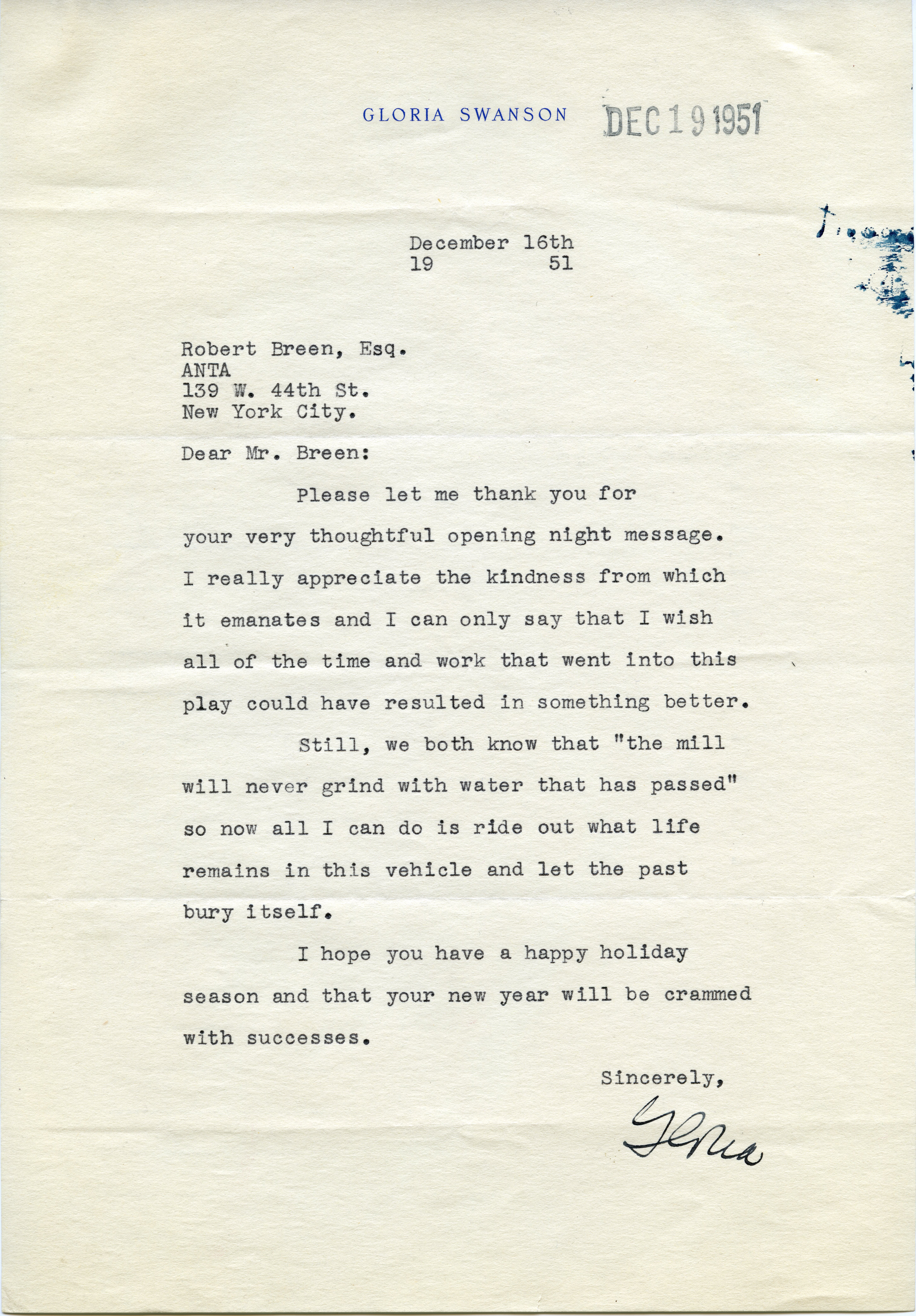Hello all! Amanda here again on Vault 217. Today I will be writing about something that I feel is not often discussed in the archival world – reprocessing!
If you’ve read any of my previous blog entries (such as the C-SPAN chronicles, where I discussed archival processing at length) you’ll understand that processing is an often arduous and intellectually challenging task. Even the most experienced archivists struggle to process collections in the most efficient and accessible way possible. Moreover, processing standards have changed and fluctuated over the years. Every archivist and institution subscribes to a slightly different processing methodology, and this is reflected in the archival record. Unfortunately, some of these past standards are no longer considered up to snuff. This means that collections processed fifty, thirty, twenty, even ten years ago need revisiting, revising, and occasionally, reprocessing. Here in Special Collections Research Center (SCRC), we are in the process of what I like to call “cleaning up” collections, or in other words, assessing collections for potential reprocessing. This could range from simply updating or adding information to a finding aid, to completely refoldering, describing, and rehousing an entire collection in addition to finding aid edits. All of this is done in an effort to make collections more accessible to researchers, and to ensure the archival record is accurately reflected to the public.
One collection that needed reprocessing attention was the Robert Breen papers. Consisting of records that document the American National Theatre and Academy (ANTA) and Robert Breen, who alongside his wife Wilva, was instrumental in transforming ANTA into what it would become from the years 1944 to 1952. The Breen papers, totaling to almost 68 linear feet, were in acceptable access condition – foldered with descriptions and a large finding aid. However, as it was accessed, it was noted that the Breen papers were no longer in 100% acceptable processed condition to be turned over to researchers. Though the Breen papers do not need to be completely reprocessed, there are a few areas that needed attention, such as:
- Rehousing materials in acid-free folders.
- Ensuring that materials that are not acid-free are contained within acid-free paper, such as news clippings and older publications.
- Unfolding folded materials.
- Removing materials from boxes that are too small for them and putting them in the appropriately-sized box.
- Re-assessing contents of each folder to ensure that its description is accurate and
- If the description is inaccurate, adding to or creating from scratch a succinct but encompassing description.
- Editing the finding aid to incorporate all of this.
One of the many benefits of revisiting and reprocessing an archival collection is the opportunity to find materials that were either neglected or overlooked by previous processors. In this regard, the Breen papers not only benefited physically from the reprocessing, but its content did as well. During re-processing, it was discovered that three boxes had been left out of the original finding aid, with one box containing two original letters to Breen from and signed by the legendary actress Gloria Swanson. Also present was a copy of a letter from the equally legendary actress Joan Crawford. This letter’s folder had been tragically labeled “Letter from John Crawford.” One simple letter totally changed the content and context of the folder.

Letter from Gloria Swanson to Robert Breen, April 5, 1951.

Copy of letter from Joan Crawford to Robert Breen, January 10, 1963.
Unfortunately, due to inefficient processing and lack of attention to detail, this collection could have gone on for many years with not only inaccurate information, but incomplete information.
Another unfortunate aspect about the original processing of the Breen papers was the fact that it passed through many processors’ hands. Having multiple people work on one collection (unless they are being delegated to and guided by a lead archivist) makes it more difficult to gain physical and intellectual control over a collection. In the case of the Breen papers, this led to inaccurate descriptions and date ranges, as well as inconsistent levels of physical processing (i.e. acid-free folders being left in the collection, some news clippings encased in acid-free paper, some not, etc.) Moreover, when archival collections are processed by individuals without proper archival – or at least processing – training, this leaves even more room for error, which also occurred with the Breen papers. There are always lessons to be learned when reprocessing a collection, but my biggest takeaway is always this: do it right the first time. Of course, each institution has their own version of what “right” is, but the sentiment remains the same. Sometimes this cannot be helped (standards change with the times) but if collections were processed completely and efficiently the first time, valuable time and effort could be saved for other archival endeavors in the future.
Stay Tuned for Part II, featuring some of my favorite materials from the Robert Breen papers!
Follow Special Collections Research Center on Social Media at our Facebook, Instagram, and Twitter accounts. To search the collections held at Special Collections Research Center, go to our website and browse the finding aids by subject or title. You may also e-mail us at speccoll@gmu.edu or call 703-993-2220 if you would like to schedule an appointment, request materials, or if you have questions. Appointments are not necessary to request and view collections.

